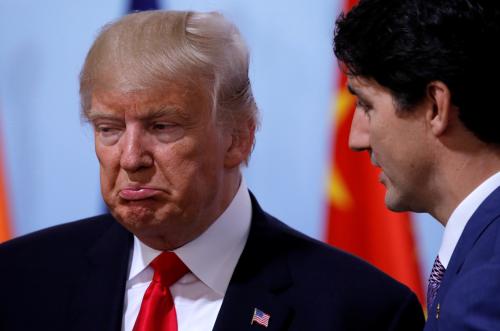What’s the single best idea to jumpstart job creation?
The United States needs a policy agenda that defines immigration as a way to improve job creation, economic competitiveness, and national innovation. In other words, we need to apply an “Einstein Principle” in our approach to immigration and technology innovation. Using this perspective, national leaders would elevate brains, talent, and special skills to a higher level of consideration in setting policy.
It can’t happen fast enough. There is substantial evidence that the United States is falling behind on innovation. An analysis of patents granted shows that our country’s longterm dominance has come to an end. In 1999, American scientists were granted 90,000 patents, compared to 70,000 to those from all other countries. By 2009, though, non-US innovators earned more patents (around 96,000) compared to Americans (93,000).
The United States also is falling behind in nurturing home-grown science and engineering expertise. Whereas 38 percent of Korean students earn degrees in science and engineering, compared to 33 percent for Germany, 28 percent for France, 27 percent for England, and 26 percent for Japan, only 16 percent of American graduates have backgrounds in these crucial areas.
Right now, only 15 percent of annual temporary visas are set aside for employment purposes. Of these, some go to seasonal agricultural workers, while a small number of H-1B visas (65,000) are reserved for “specialty occupations” such as scientists, engineers, and technology experts. The number reserved for scientists and engineers is drastically below the 195,000 figure allowed between 1999 and 2004. We need to reexpand the number of these high-skill visas to at least that level to enable US companies to attract top workers.
Another little-known visa program called EB-5 offers temporary visas to foreigners who invest at least half a million dollars in American locales officially designated as “distressed areas.” If their financial investment leads to the creation of 10 or more jobs, the temporary visa automatically becomes a permanent green card. Without much media attention, there were 945 immigrants in 2008 who invested over $400 million through this program. There is public accountability for this policy program because entry visas are granted on a temporary basis and become permanent only after at least ten jobs have been created. It is a terrific way to create jobs and spur investment through a targeted policy intervention. We need to find more initiatives like this that attract the talent we need while expanding opportunities for all Americans.



Commentary
Op-edStop Forcing Smart Immigrants to Leave the Country
July 20, 2011